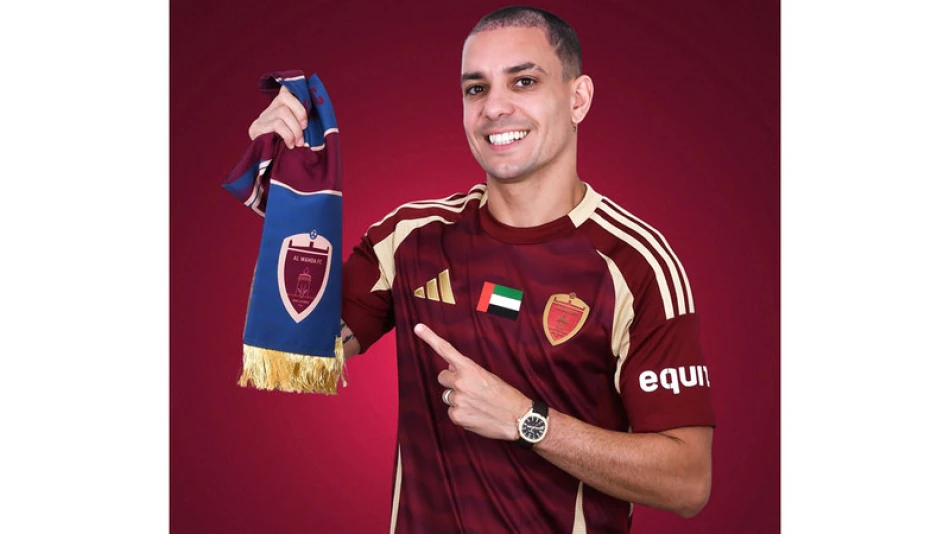
Top Transfer Deals: 39 Free Transfers Sealed by Pro Clubs for Upcoming Season
UAE's Premier League Clubs Embrace Free Agent Strategy in Major Summer Overhaul
Nine clubs in the UAE's ADNOC Pro League have completed 39 free agent signings out of 124 total transfers during this summer's transfer window, signaling a strategic shift toward cost-effective squad building as newly promoted teams lead the charge in reshaping the competitive landscape.
Free Agents Dominate Transfer Activity
Since the summer transfer window opened in June, free agent acquisitions have emerged as the most popular transfer category, accounting for nearly one-third of all deals completed. This trend reflects clubs' increasing financial prudence and the abundance of quality players whose contracts expired at season's end.
The transfer breakdown reveals a clear hierarchy of activity: free agents lead with 39 deals, followed by resident player transfers (31), new signings of local and foreign players (21), loan deals (10), and contract renewals (23). This distribution suggests clubs are prioritizing immediate squad reinforcement over long-term investments.
Promoted Clubs Set the Pace
Dibba Leads Aggressive Recruitment Drive
Newly promoted Dibba has emerged as the transfer window's most active participant, securing eight free agent signings from a total of 25 new contracts. Their acquisitions include goalkeeper Abdullah Salem from Al Wasl, defender Waleed Hassan from Khor Fakkan, and Senegalese midfielder Mami Bala from Al Nasr, demonstrating a comprehensive squad overhaul aimed at Premier League survival.
Al Dhafra's Strategic Approach
Fellow promoted side Al Dhafra ranks second with seven free agent acquisitions, including high-profile international signings. Their capture of Iceland national team captain Johann Berg Gudmundsson from Saudi Arabia's Al Urubah and Brazilian midfielder Joyson Souza represents ambitious moves typically associated with established top-flight clubs.
Established Clubs Take Conservative Approach
In stark contrast, traditional powerhouses including Shabab Al Ahli, Sharjah, Al Ain, Al Jazira, and Al Wasl have avoided free agent signings entirely, preferring to focus on other transfer categories. This conservative approach suggests these clubs are either satisfied with their current squads or pursuing different recruitment strategies involving contract renewals and targeted purchases.
Market Implications and Strategic Analysis
The dominance of free agent transfers reflects broader economic pressures affecting Gulf football. With Financial Fair Play regulations tightening globally and clubs seeking value in an inflated transfer market, expired contracts represent significant opportunities for squad enhancement without transfer fees.
This trend mirrors developments in European leagues, where free agent markets have become increasingly competitive. The UAE's approach suggests a maturing football economy where clubs are adopting more sophisticated financial strategies rather than relying purely on spending power.
October Deadline Approaches
With the transfer window remaining open until October, clubs retain opportunities for further squad reinforcement. However, the current pattern suggests most major business has concluded, with remaining activity likely focused on loan deals and emergency signings.
The promoted clubs' aggressive free agent strategies could reshape competitive dynamics in the ADNOC Pro League, potentially challenging the established hierarchy through smart recruitment rather than financial muscle. Their success or failure will likely influence future transfer market approaches across UAE football.
Most Viewed News

 Sara Khaled
Sara Khaled






